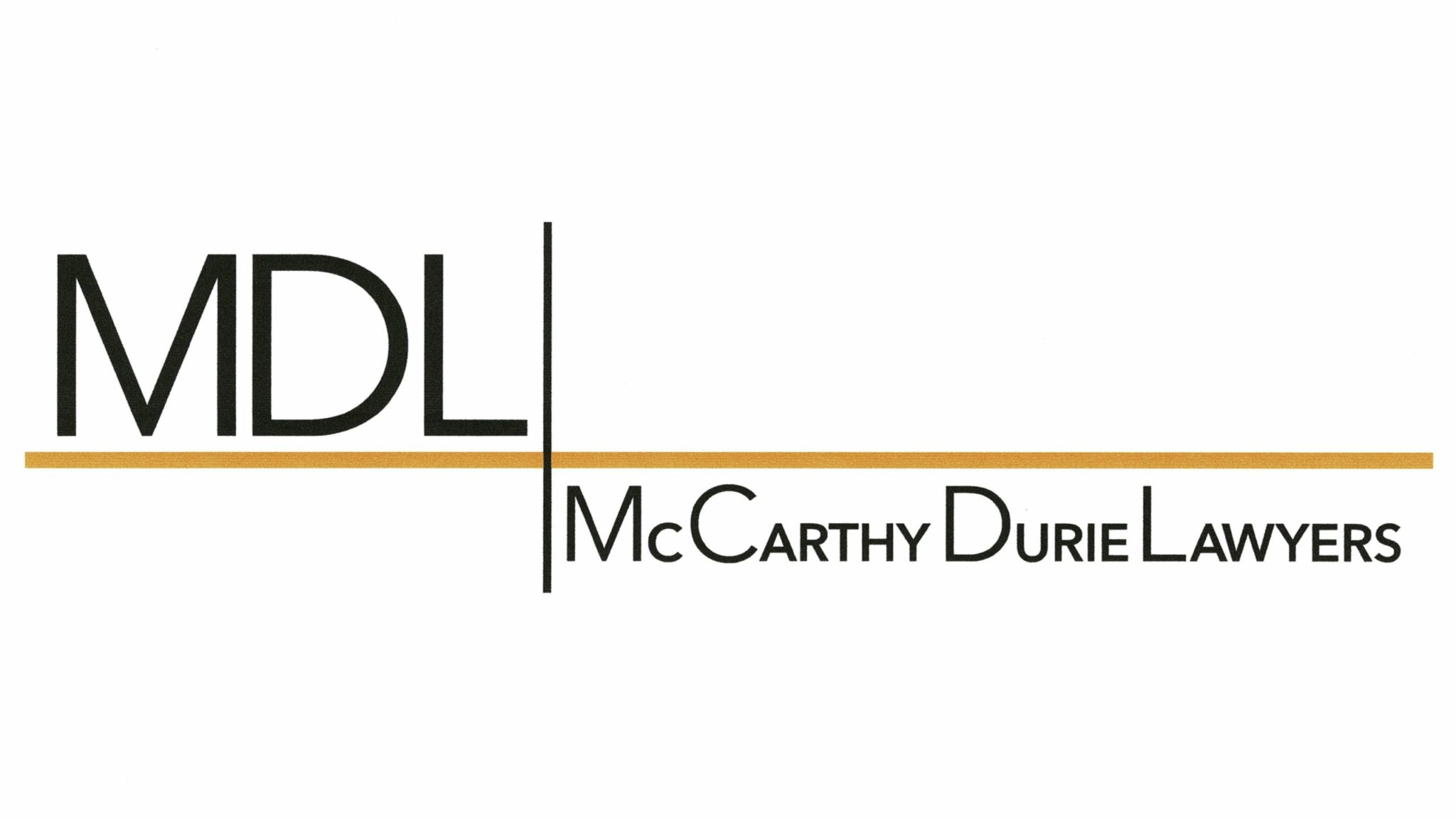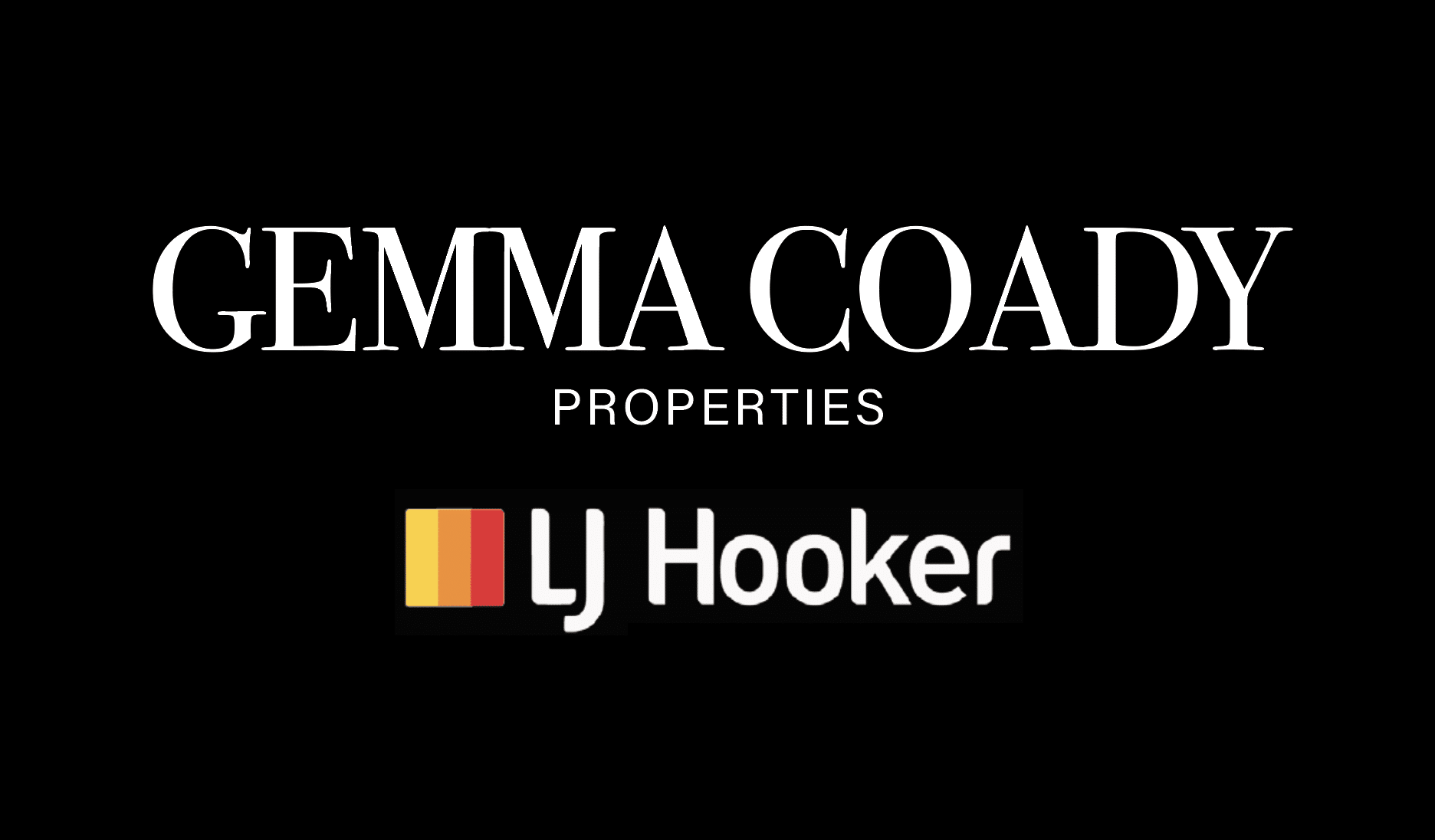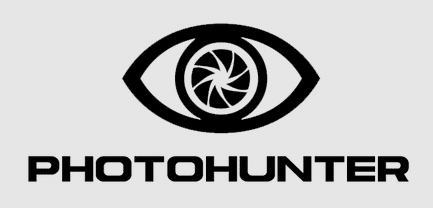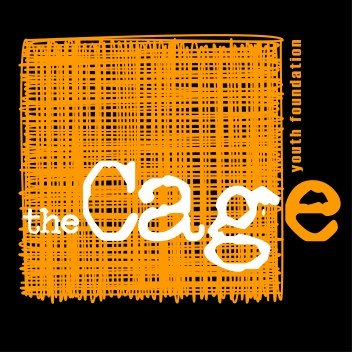In our current economic climate businesses are continually looking at improving their competitive advantage and getting “one up” on the competition. As a result many businesses have resorted to discounting as an easy marketing technique. Whilst the increased sales are an obvious positive we need to also look at the negatives involved. Will discounting cheapen your brand? Once prices are cut can you easily raise them again? How do you deal with the lower margin?
As business owners we are constantly under pressure to discount our products or services. There is a large degree of uncertainty for the business owner, should I discount, how much, when, and in what circumstances should it apply and will I profit.
The final decision should come back to whether the application of the discount will bring you more profit, either short or long term, than you would have if you didn’t discount. This is not a cut and dried decision despite what your accountant might tell you. No one can foretell the future or look back at what would have happened in the absence of the discount.
When analyzing the profitability of any price cut the comparison is: how much did you make (profit not turnover) as a result of the discount versus how much you would have made without the price cut. Short term you will need to factor in the increase in unit sales, whilst long term you need to consider the increase in future sales resulting from word of mouth and repeat purchases by new customers. Also if your product has a limited shelf life consider the risk of unsold inventory (remember services, rent and hire have a very short life if you don’t sell them today this income is gone forever).
The downside seems obvious, you make less money per unit sold and therefore lower profit. This can happen but can also be turned around by:
* Increased number of items sold
* Increased exposure resulting in more current and future sales
* If the competition is discounting you may lose customers you would normally sell to
But how many more items do I need to sell to make up for the price decrease in the short term? This is termed your “discount’s short-term breakeven point”. The formula is:
The percentage increase in sales required = 100 x (the decrease in profit at the discount price) / (Profit at the discount price)
As an example say a widget you sell for $100 costs you $55 and you want to discount to $75 (a 25% discount), how many more items need to be sold to maintain my margin.
Profit at regular price is $100 – $55 = $45
Discounted profit is $75 – $55 = $20
Decrease in profit is $45 – $20 = $25
Percentage increase required is 100 x 25/20 = 125%
In this example applying a 25% discount will require an additional 125% in sales. So if you normally sell 100 widgets at $100 you would need to sell more than 225 widgets to maintain your short term profit.
These calculations are made using directly quantifiable and measurable numbers but you must also consider the other less direct benefits in making your decision. For example, will doing business as usual result in decreased sales or are you overstocked on an item that will be worthless in 6 months.
The discount effect can be tempered by:
* Limiting discounts so as not to be perceived as a discount seller.
* Consider adding more services into the current price thereby improving competitiveness.
* Discount on lower end items to keep consumers spending whilst still exposing them to higher margin products.
Whatever the final decision remember that any decisions require constant review by management so evaluate constantly and adjust as needed.
For more information call Ross Wakelin from CAD Parters on 0432 302 774 or email Ross



































